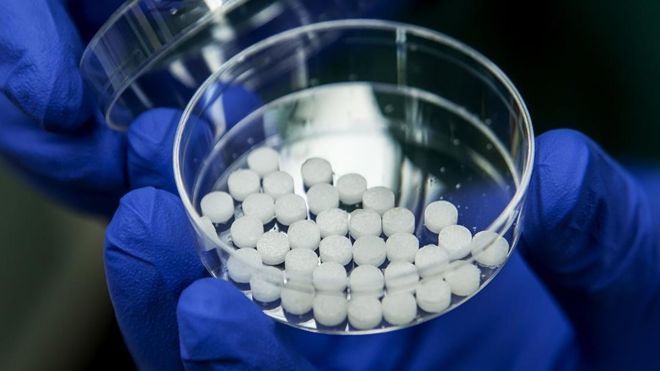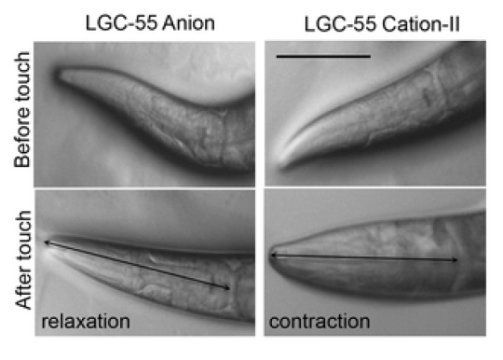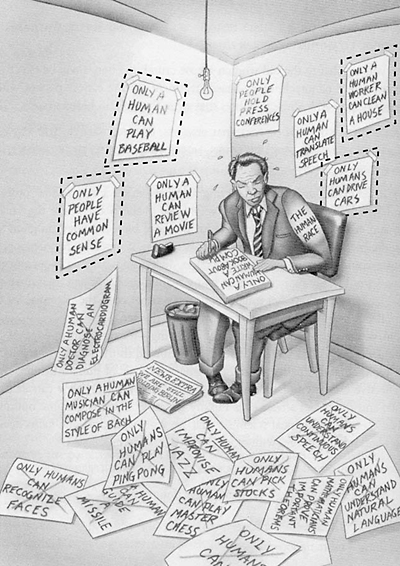The facade works with no power at all—not even solar panels—and keeps the temperature comfortable and light bright inside.
Get the latest international news and world events from around the world.

Hacking The Body: This Implant Can Trap Cancer Cells
Why is cancer so deadly? It spreads and consumes in a process called metastasis. If it stayed put we’d have an easier fight on our hands. Researchers hope this sponge-like implant could offer an intriguing solution, sucking up circulating cancer cells and warning you of their presence early on.
9 out of 10 cancer deaths are caused by spreading to other organs
Time is often cited as ‘our most precious resource’. Beating cancer is no exception to this; if we caught every cancer early success rates would be vastly improved. Curing cancer therefore requires more than simply destroying these cells. It also means improving diagnosis.

Changing behavior through synaptic engineering
Researchers at the University of Massachusetts Medical School are the first to show that it’s possible to reverse the behavior of an animal by flipping a switch in neuronal communication. The research, published in PLOS Biology, provides a new approach for studying the neural circuits that govern behavior and has important implications for how scientists think about neural connectomes.
New technologies have fueled the quest to map all the neural connections in the brain to understand how these networks processes information and control behavior. The human brain consists of 1011 neurons that make 1015 connections. The total length of neuronal processes in the human brain is approximately 4 million miles long, similar in length to the total number of roads in the U.S. Along these networks neurons communicate with each other through excitatory and inhibitory synapses that turn neurons on or off.
The neuronal roadmap, or connectome, however, doesn’t include information about the activity of neurons or the signals they transmit. How stable are these neural circuits in the brain? Does their wiring constrain the flow of information or the behaviors they control? The complexity of the human brain makes it almost impossible to address these questions.

Why The Future Of Technology Is All Too Human
The concept of artificial intelligence got it’s start at a conference at Dartmouth in 1956. Optimism ran high and it was believed that machines would be able to do the work of humans within 20 years. Alas, it was not to be. By the 1970’s, funding dried up and technology entered the period now known as the AI winter.
Slowly, however, progress was made. Computers became increasingly able to do human tasks, such as character recognition, making recommendations on Amazon and organizing itineraries on travel sites. We didn’t see the algorithms at work, but they were there, computing on our behalf.
So the answer to our technological dilemma is, in fact, all too human. While the past favored those who could retain and process information efficiently, the future belongs to those who can imagine a better world and work with others to make it happen.

Ancient virus discovered in melting Arctic ice
This particular giant virus won’t kill you, but climate change means that something deadly could one day emerge.

A Dying Young Woman’s Hope in Cryonics and a Future
Cancer claimed Kim Suozzi at age 23, but she chose to have her brain preserved with the dream that neuroscience might one day revive her mind.
By AMY HARMON SEPT. 12, 2015.


Physicist discovers that the reason we all live in cities is… 1.15
There is a mathematical pattern that connects all cities across the world, transcending political and geographical boundaries, according to British scientist Geoffrey West.

Automakers Will Make Automatic Braking Systems Standard in New Cars
DETROIT — Federal regulators said on Friday that 10 automakers had agreed to install automatic braking systems, which use sensors to detect potential collisions, as standard equipment in new vehicles.
But the automakers have not set a timetable for the introduction of the systems, and regulators may still seek government rules that would require the equipment as a standard feature in all cars and trucks — just as airbags were mandated a generation ago.
Anthony Foxx, the transportation secretary, said in a prepared statement that emergency braking technology could reduce traffic deaths and injuries.